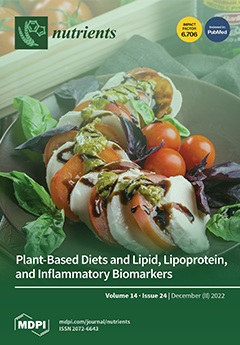(1) Background: Studies on the long-term patterns of using vasopressors in patients with shock and their correlations with the risk of feeding intolerance (FI) are limited. This study aimed to characterize the norepinephrine equivalent dose (NEQ) trajectories and explore its correlations with FI in patients with shock. (2) Methods: This study prospectively enrolled patients with shock, who received vasopressors from August 2020 to June 2022. The Growth Mixed Model (GMM) was used to traverse longitudinal NEQ data at six-hour intervals and identify the latent trajectories of NEQ use in these patients. Cox proportional hazards regression models were used to examine the correlations of NEQ trajectories with FI. (3) Results: This study included a total of 210 patients with shock recruited from August 2020 to June 2022. Four trajectories of NEQ dose were identified and characterized by low-dose stable NEQ (L-NEQ,
n = 98), moderate-dose stable NEQ (M-NEQ,
n = 74), high-dose stable NEQ (H-NEQ,
n = 21), and rapidly rising NEQ (R-NEQ,
n = 17), with NEQ doses of 0.2, 0.4, 0.4, and 0.5 µg/kg/min at enteral nutrition (EN) initiation, respectively. The incidences of FI were 37.76%, 67.57%, 80.95%, and 76.47% in the L-NEQ, M-NEQ, H-NEQ, and R-NEQ groups, respectively (
p < 0.001). As compared to the L-NEQ group, the risk of FI occurrence increased in the M-NEQ, H-NEQ, and R-NEQ groups (all
p < 0.05). (4) Conclusions: The risk of FI was significantly associated with NEQ trajectories. It might be appropriate to initiate EN when the NEQ dose is stabilized below 0.2 µg/kg/min in patients with shock.
Full article






